During the following 86 miles we had quite an adventure. The forecast showed 15 knots wind from the northeast that should increase to 20 knots. Our plan was to pass the southeast corner of Ireland before the wind would increase.
According to the tidal chart we should have departed in the wee hours for getting the favourable current. However we were not very keen to have early wakeup and we thought that some adverse current wouldn’t matter too much. The journey started as planned. We had one to two knot current on the bow and northerly winds were pushing us forward nicely.
Six miles before the southeast corner of Ireland the current strengthened to over 3 knots and we slowly crawled towards the corner. When the current reached 3.9 knots, the wind of course increased to 25 – 30 knots. The wind against the tide created massive 3-metre waves. Our boat is quite well organized and all the stuff has its own place in cupboards. These waves however were rolling us from side to side and there was quite a clatter when the items were changing places in the cupboards. The sea was raging around us. We were just in a place where smart sailors don’t go – the wind against the strong tide.
After getting around the corner, the sea calmed and everything went back to normal. There was also a sailing boat anchored just behind the corner waiting for better conditions on a way to north.
Soon we also passed the harbour of Kilmore Quay that was strongly recommended to us. On a journey from Dublin to Kinsale it is just on the right spot for half way stop. From the sea it looked like a tiny village. Our destination was Waterford and we did not want to split the trip any more.
On the southern coast of Ireland Andrus had to be careful at the helm because amount of fishing nets and lobster pots increased exponentially. There were also quite a few pleasure fishermen on small boats lurking for the big catch.
There are several popular cruising destinations on the rivers of southern Ireland. The prevailing winds are from southwest and the rivers create well-sheltered areas for sailing. It also seemed that the dinghy sailing is very popular on these rivers.
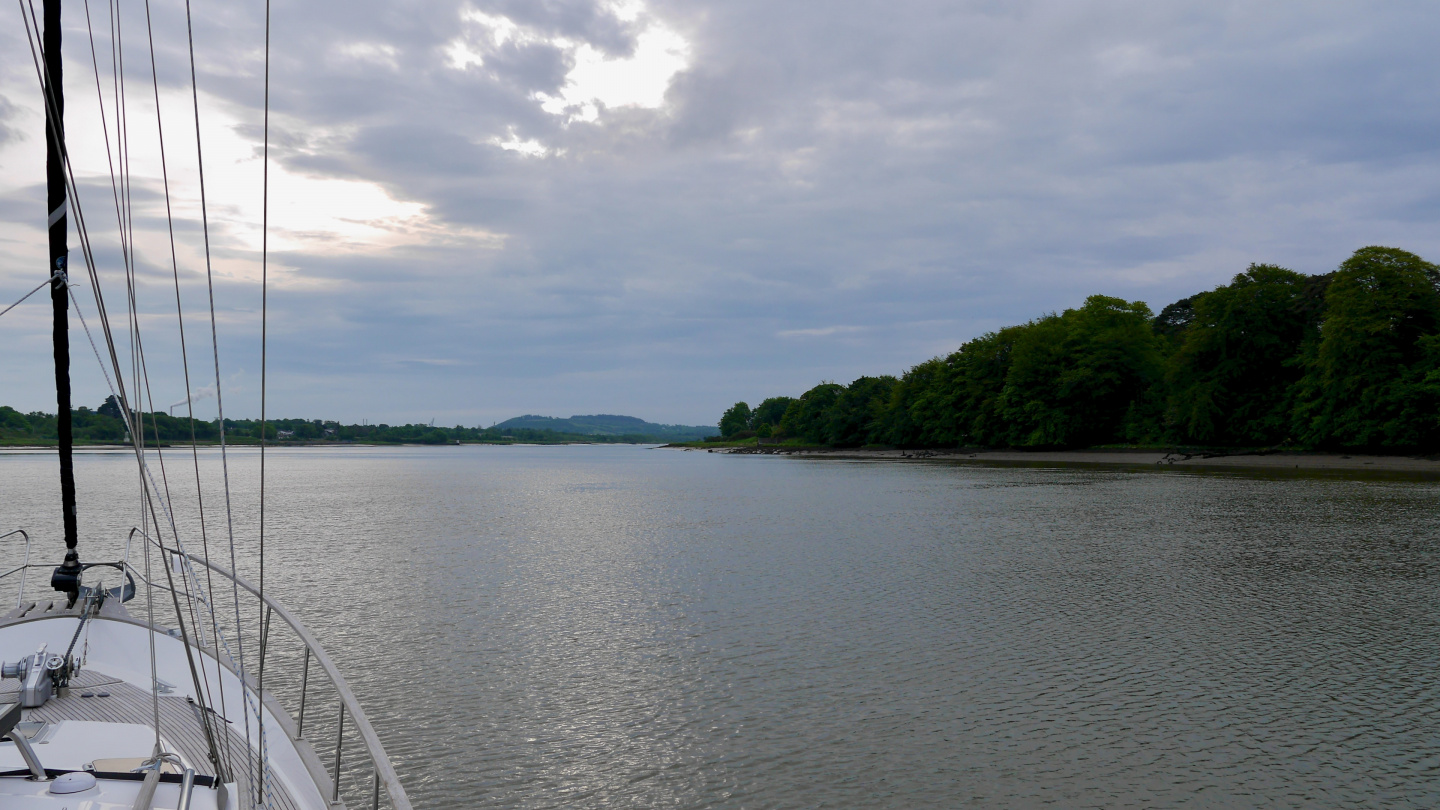
We sailed 13 miles upriver on the beautiful river Suir and made her fast in the shadow of historic Reginald’s Tower. The marina is maintained by town council, thus the harbour dues should be paid and the access key retrieved from the town house. We could get out from the iron gate but it took some time to find the right building. It was funny queuing in the line with locals who were there for car registration or building permit.
We only spent one day in Waterford. The summer had finally arrived and I must say there was a nice Mediterranean feeling while sitting in the street café, enjoying the sunshine and people buzzing by.
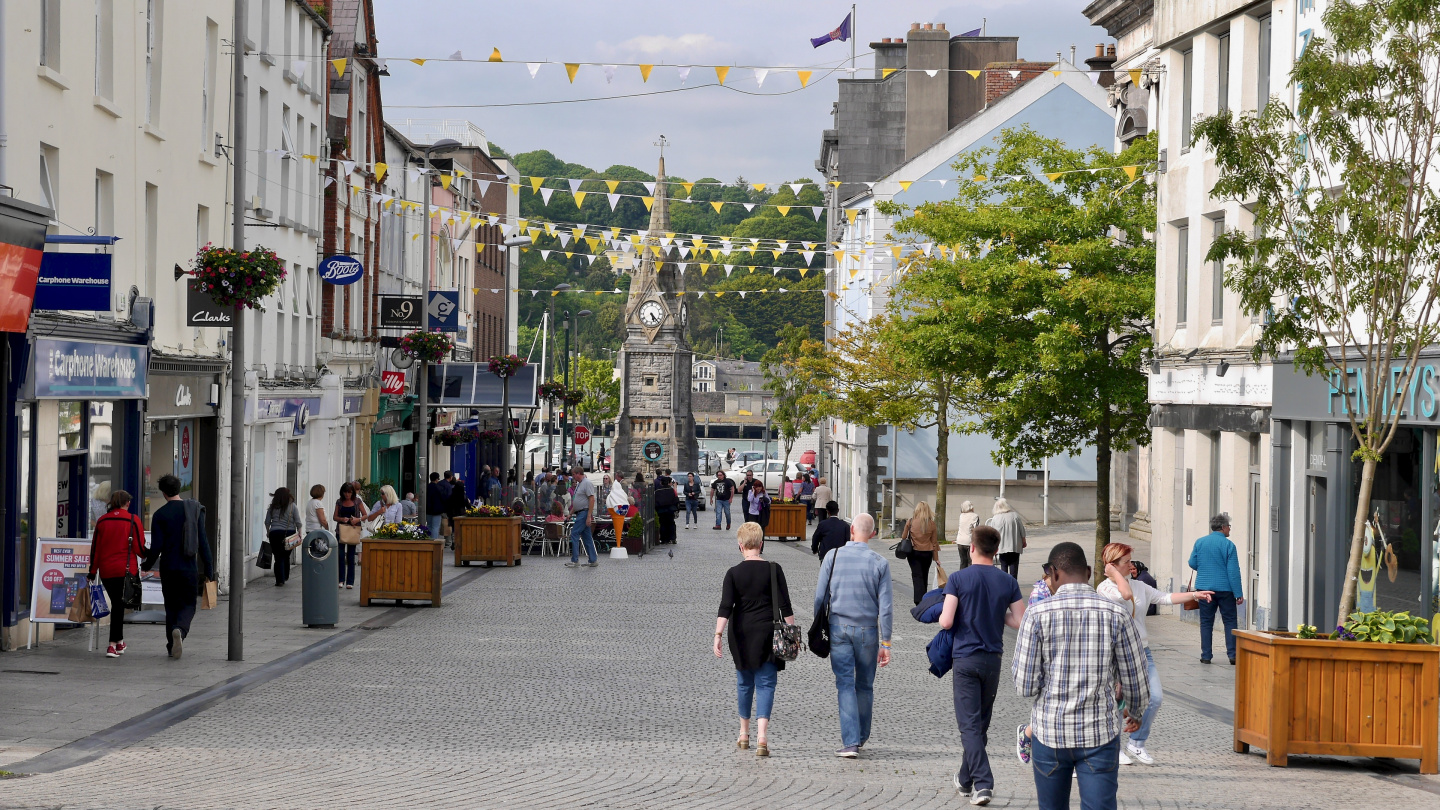
We visited in two significant sights. At first we explored in the narrow hallways of the Reginald’s Tower. Vikings settled Waterford twice. First in 853 and again in 914 when they returned to the river Suir and founded the first town of Ireland called nowadays Waterford. The tower was built for protecting the town. The Reginald’s Tower is one of the few buildings that still carry the Viking name according to its builder. The tower is now a museum showing items from the Viking era like tools, weapons, music instruments, money and even party games.
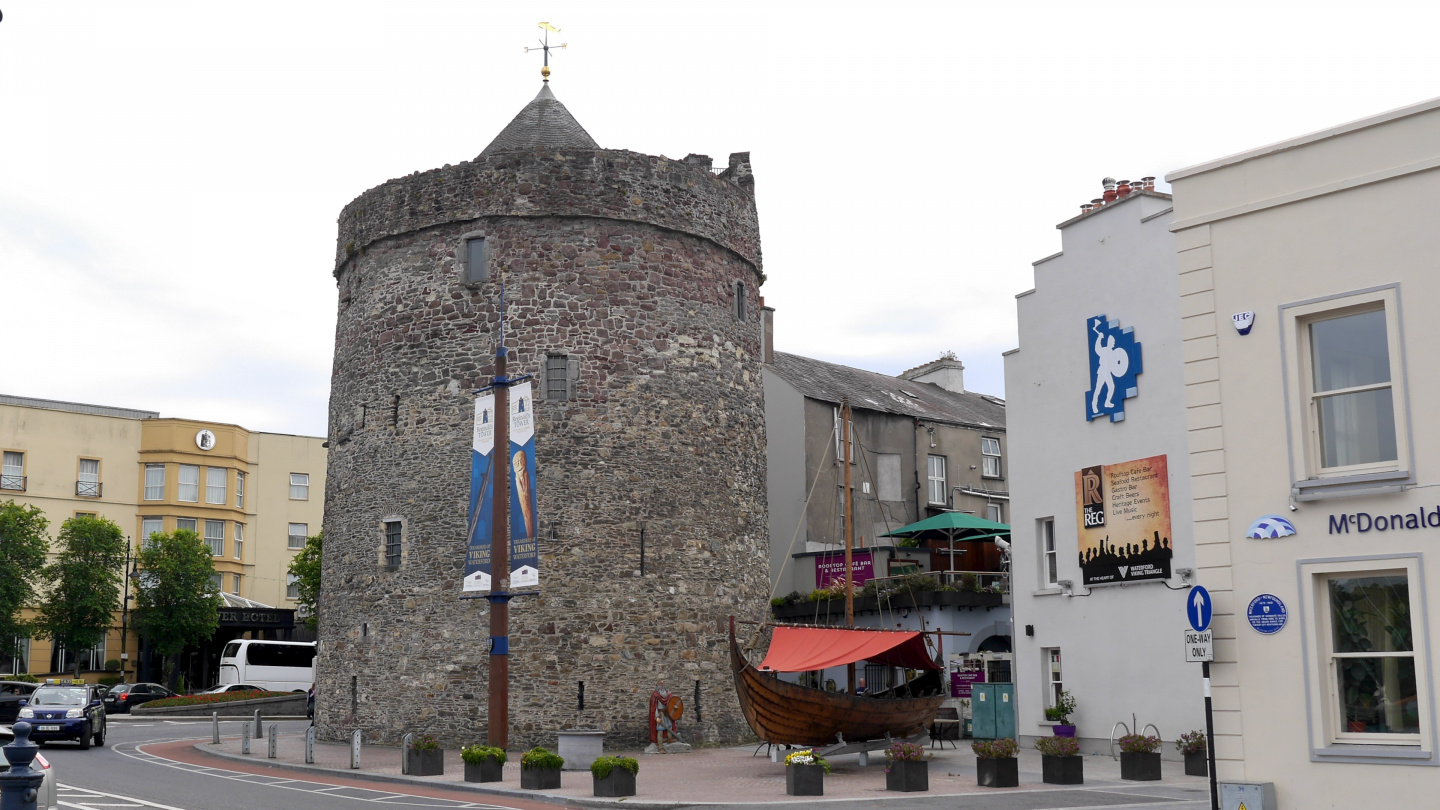
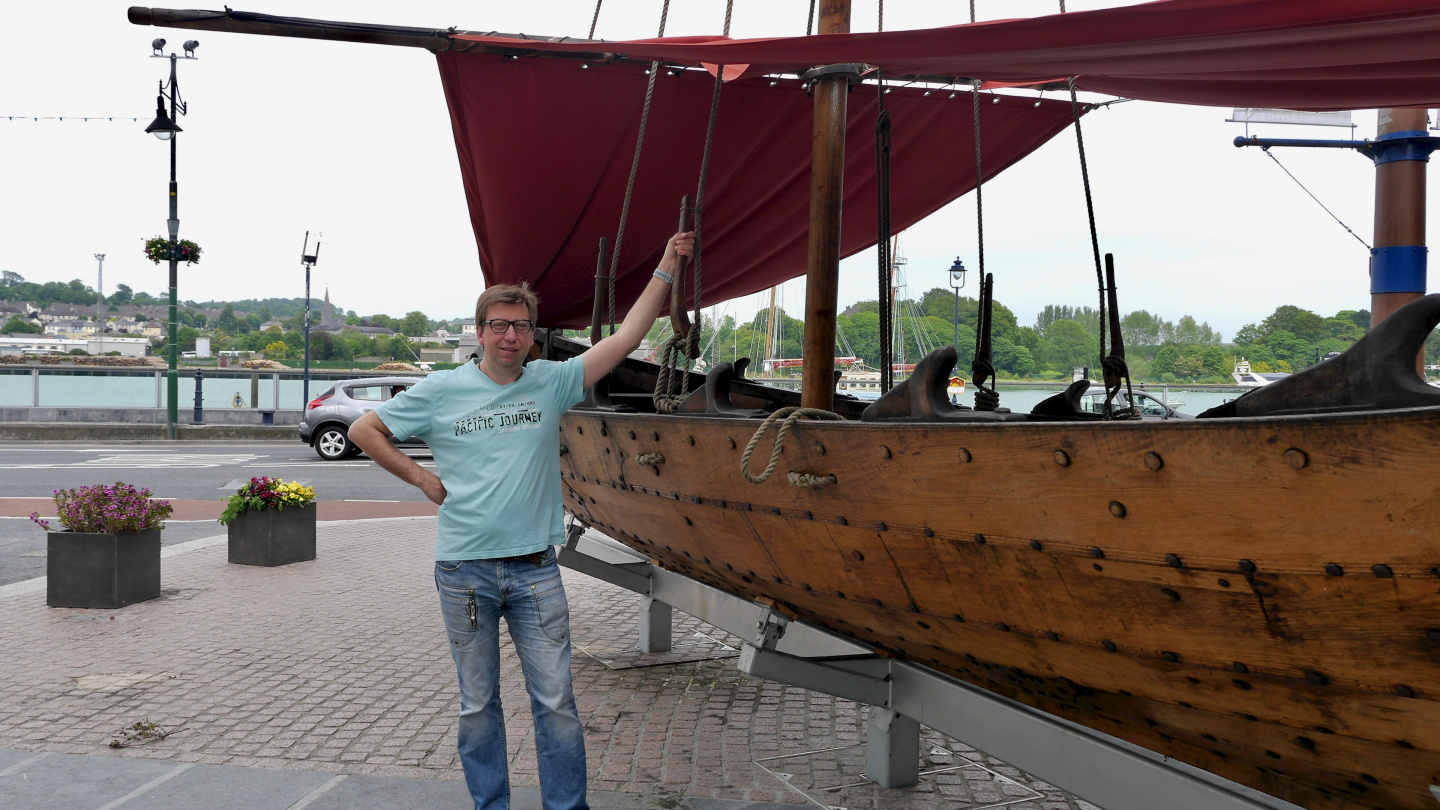
Surely for many Waterford brings to mind the crystal which manufacturing started in 1783. It is widely appreciated export item, especially in 19th century. The crystals were wonderfully presented at the showroom. It was surprising that it was ok freely to touch such an expensive items. The most expensive crystal what we found was the 40.000€ Cinderella’s Carrige. There were also some reasonable priced wine glasses. The fine glass was looking rather fragile so I wonder that it don’t like pumbing in Suwena’s cupboard when crossing the Celtic Sea. Maybe it is better quickly to sit down on the street café for enjoying a cup of coffee from the ordinary porcelain cup.
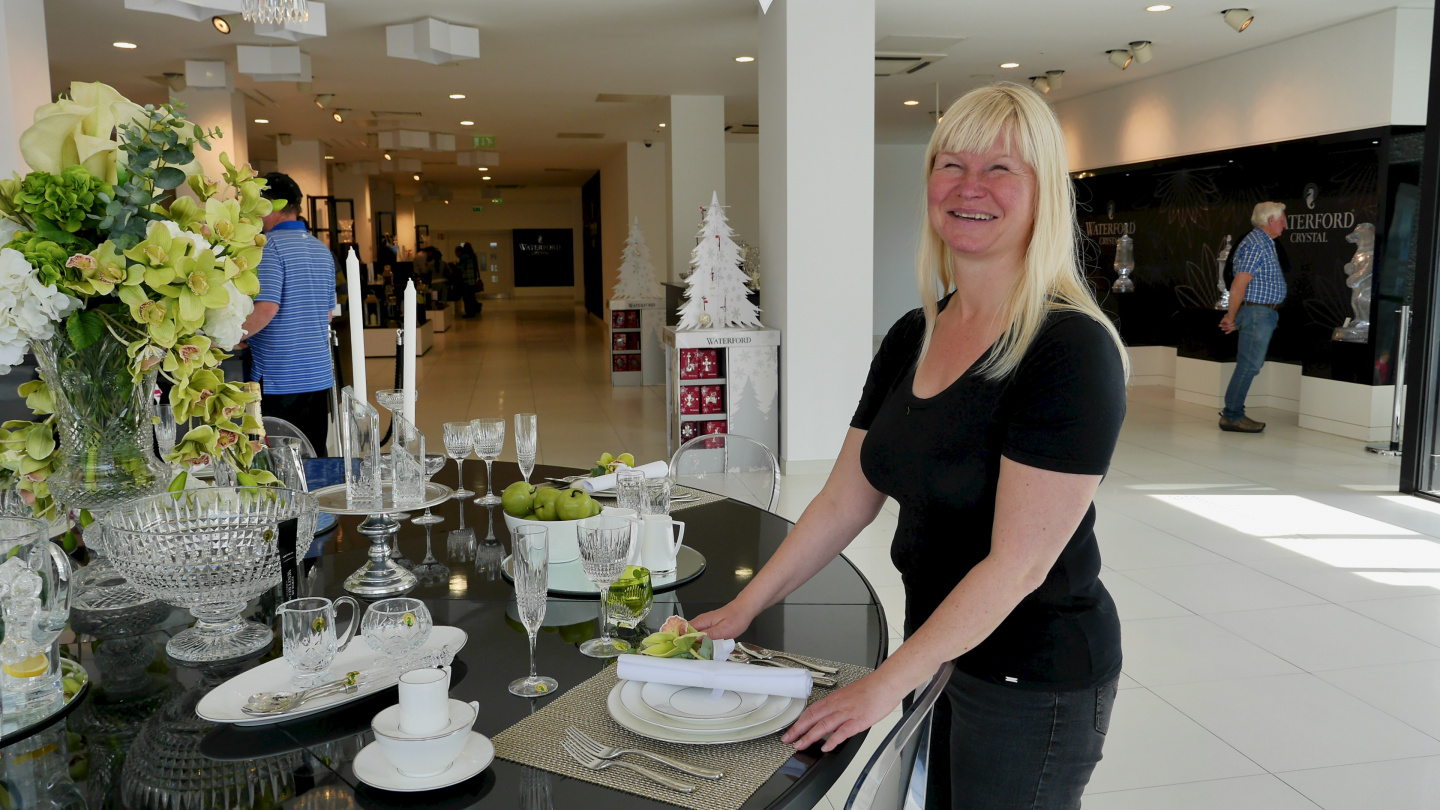
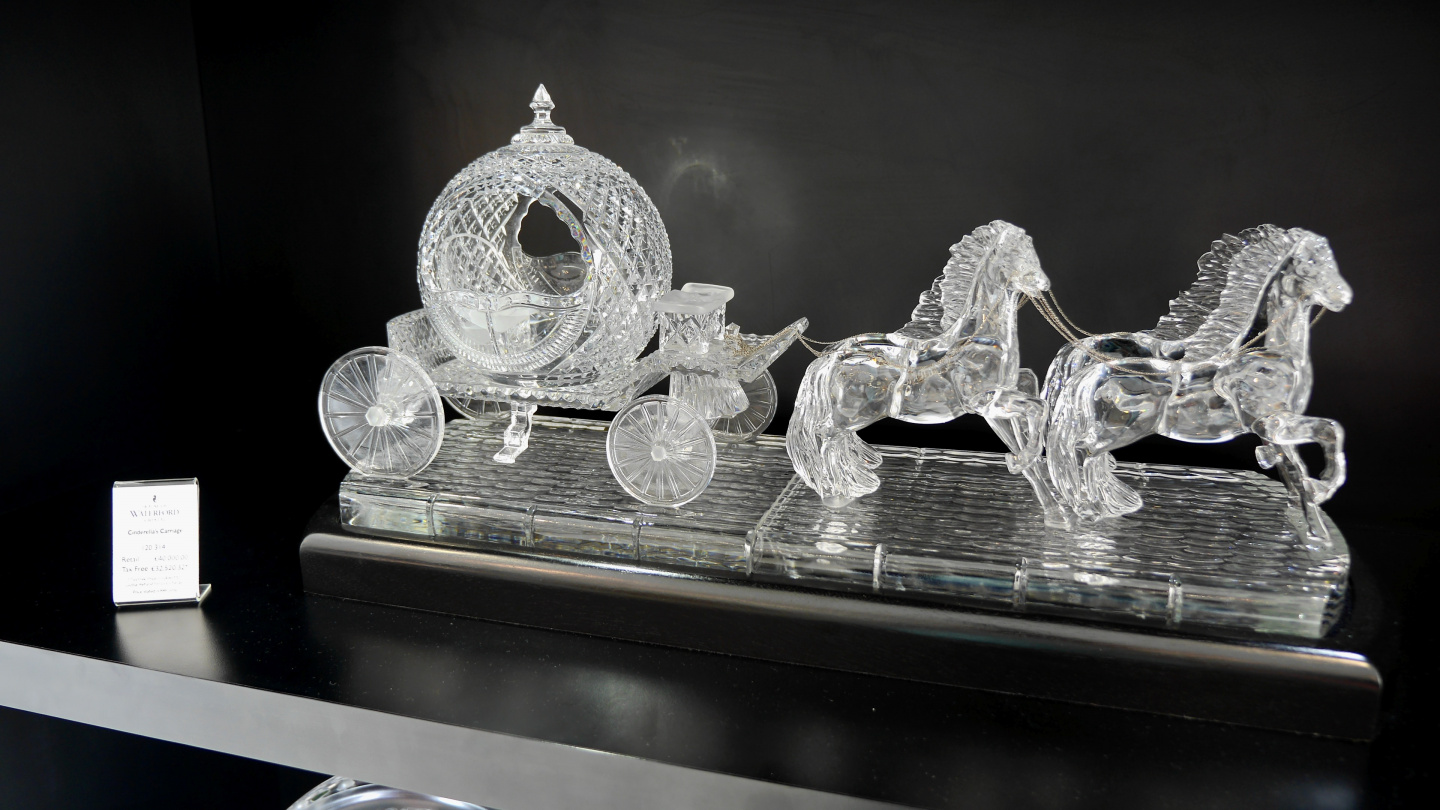


Really very nice sharing.
Really very nice sharing.